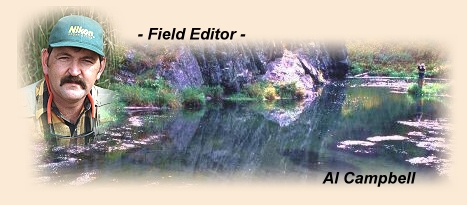|
I sincerely hope you enjoyed this series on macro photography.
If you learned something new, it was a success. There are a
few regulars here who could teach me a few things about this
subject, and there are others who will either start taking
pictures of small subjects or at least get better at it.
That is/was my goal, and I think I accomplished it; at
least in part.
I want to close this series with a few final thoughts on ways
to increase the odds in your quest for stunning photos of small
subjects. This isn't an exact science. The guy I believe is
probably the best macro photographer I have met talks about
ways to increase his odds, so it's fair that you and I should
look at it that way too. In other words, there will be many
pictures you'll take that don't turn out the way you want them
to turn out. These are a few ideas to increase the count of
the ones you like.
First, don't be intimidated or discouraged. There will always
be someone you look up to in this game, and they should be
your goal, not a source of intimidation. I have met very
few jerks in this sport. Most of the real experts I've met
are friendly, sincere and willing to share what they know
with those who are willing to learn. In the same sense;
don't be a jerk. Share what you have learned with those
willing to learn. Who knows; you might learn something
in return. When seeking help, be friendly, courteous and
sincere.
Be bold. Try new things and learn from what works as well
as what doesn't work. If you believe the ultimate macro
shot would be just the eye of a grasshopper, try to get
that shot. I have never seen a picture like that, and I
doubt you have either, but it might be the most incredible
thing either one of us has ever seen. You'll never know
if you don't try it.
Use the best equipment you can afford, but that doesn't
have to be the newest or most costly equipment on the market.
Good equipment makes it easier to get good results. However,
I have had great results with my old Nikon N2000 manual
focus camera and a Sigma macro lens.
Learn from everything you do. Actually, some of my best
learning tools have been the things that didn't turn out
the way I wanted them to. A few of my most treasured photos
were accidents and not at all like I had planned. I learned
from the mistakes and the successes equally. You should too.
The best way I know to increase your odds of getting a stunning
photo is to take a lot of pictures. It's common for the best
pros to shoot a hundred or more shots of the same subject in
one session. If they're lucky, they'll have maybe 20 good
shots, five exceptional shots and one stunning shot in two
hundred clicks of the shutter. If you aren't willing to take
that many shots, how will you ever capture the stunning images
you seek? I don't know a single pro who doesn't work this odds
game, especially if they're shooting wild subjects in natural
light.
Experiment often. The guys who experiment with new ways to
light their subject, new backgrounds and new thoughts are
the guys who eventually lead the pack. The most attractive
and unique photo is the one nobody else has. If everyone
else has side shots of mayflies, how attractive would a shot
from the bottom of a mayfly be? I will never accept the idea
that everything has been tried or that I need to follow the
pack. I would rather lead that pack than follow, so I'm
willing to try new ideas.
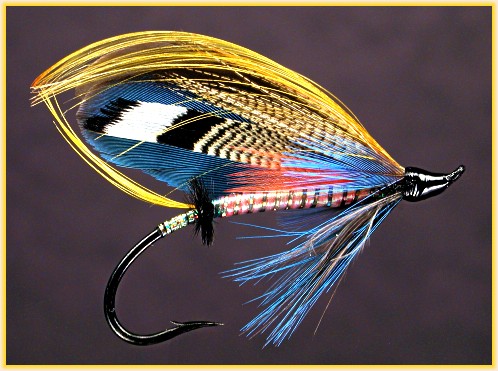
The following photos show the same artificial fly in front of
different backgrounds. In most of the photos, the forceps have
been removed digitally, but it's the same fly; only the
background has changed. Different backgrounds produce different
results that vary with the color and size of the fly. You won't
know what works best if you never try new things.
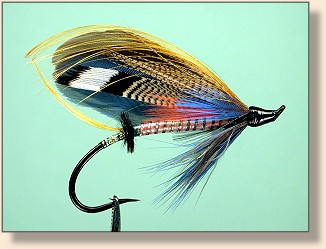
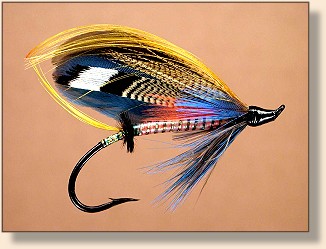
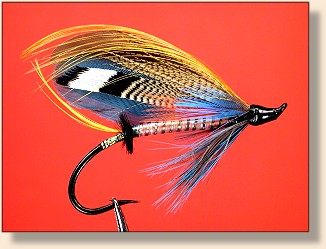
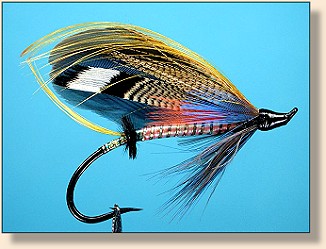
Finally, don't give up. Beginners aren't pro's, but every
pro was a beginner when they started. The difference between
a beginner and a pro is the time and experience each one has
in this game. I would venture that the best pro's have had
thoughts of giving up at one time or another in their quest
for good photos. I would also bet that the best pro's throw
away more photos than they keep. They play the odds game,
concentrate on the things they have found that work, experiment
more than the rest of us, and generally take more pictures
in their search for stunning photos that cause the rest of
us to stop in our tracks to admire their work.
With time and lots of practice you can be a pro, but it will
never happen without those two ingredients. There are no
magic potions or incantations that will remove the need
or practice and experience. Of course, it is far less
costly to learn from the experience of others, so take
advantage of the things they can teach you. Above all,
be stubborn enough to work through the difficulties you
encounter. Someday I hope to be stopped in my tracks by
one of your photos. ~ AC
|
